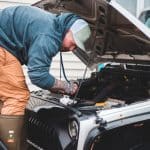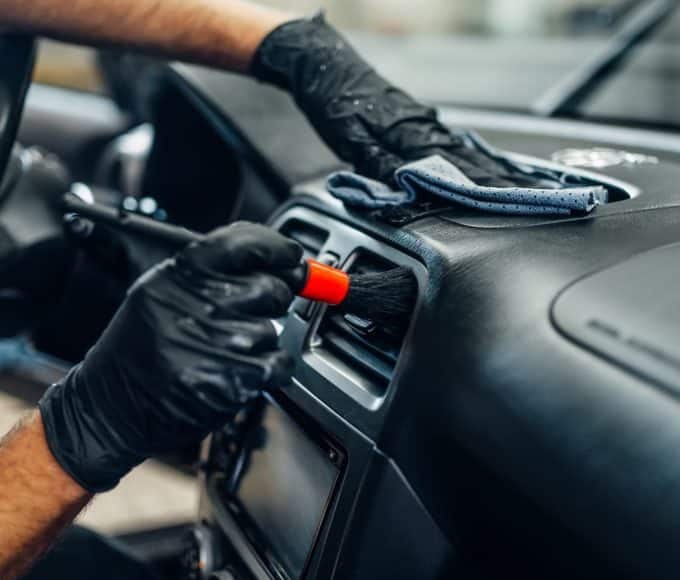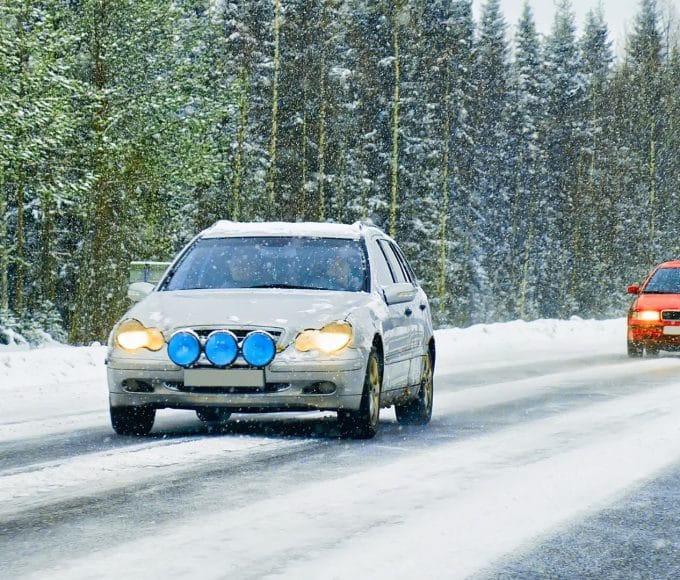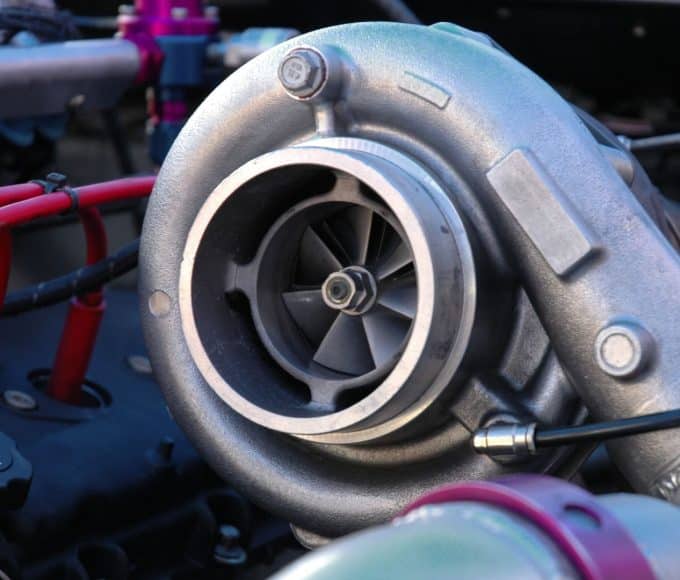The transmission is one of the most complex and expensive components of your vehicle. Should an issue arise, the complexity of the system will often make identifying and repairing the problem far too complex for even the savviest DIY enthusiast. As such, your only option will be to shell out hundreds or thousands of dollars to resolve the issue. To avoid such budget-busting repair costs, use these tips on how to avoid automatic transmission issues.
Transmission Issues: Stick to a Regular Maintenance Schedule
Even the most durable, high-quality automatic transmissions require a bit of TLC to perform properly long-term. As such, it’s important to create and adhere to a regular maintenance schedule to keep everything running smoothly. Some essential tasks your automatic transmission maintenance plan should have include:
- Checking your transmission fluid regularly to ensure it’s at the right level and not contaminated or burnt
- Flushing and changing the transmission fluid when it shows signs of contamination
- Replacing the transmission filter on a regular basis
- Getting your cooling system serviced periodically
Completing these essential maintenance tasks should extend the life span of your transmission and avoid potential complications.
Transmission Issues: Avoid Overloading Your Vehicle
To keep your transmission in good operating condition, you must avoid overloading your vehicle. By exceeding your vehicle’s recommended weight capacity, you place a considerable amount of strain on its various components—including the transmission. Such stress can cause the transmission to overheat, which may lead to significant damage or complete failure. As such, you should always be cognizant of your vehicle’s maximum weight capacity and make an effort not to exceed it.
Utilize Your Parking Brake
Many people never even think of touching their vehicles’ parking brakes. When you’re parking on an incline, however, it’s important to implement this often-unused feature. Failing to do so will place added stress on the transmission and other drive components. To prevent premature wear and tear, make sure to remember to implement the parking brake.
Give Your Vehicle A Minute to Warm Up
When you’re driving your vehicle in a cold climate, make sure to give it some time to warm up before heading out on the road. Starting your vehicle in the cold and immediately driving away won’t allow the transmission to reach the appropriate operating temperature. As a result, the transmission computer will delay the use of overdrive until the correct temperature is reached, placing more stress on its other forward gears. To avoid automatic transmission issues, let your vehicle warm up for at least 30 seconds before you start driving in cold temperatures.















Leave a comment